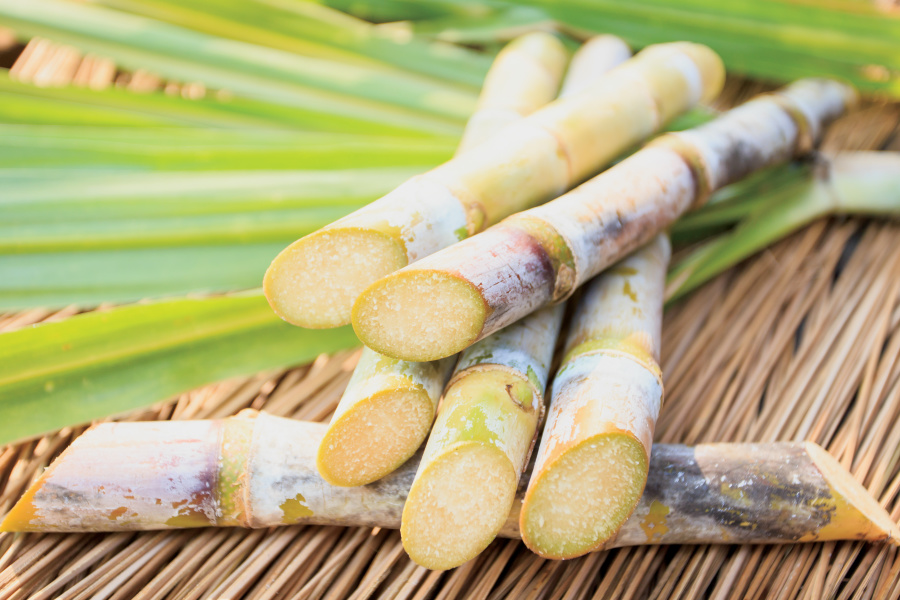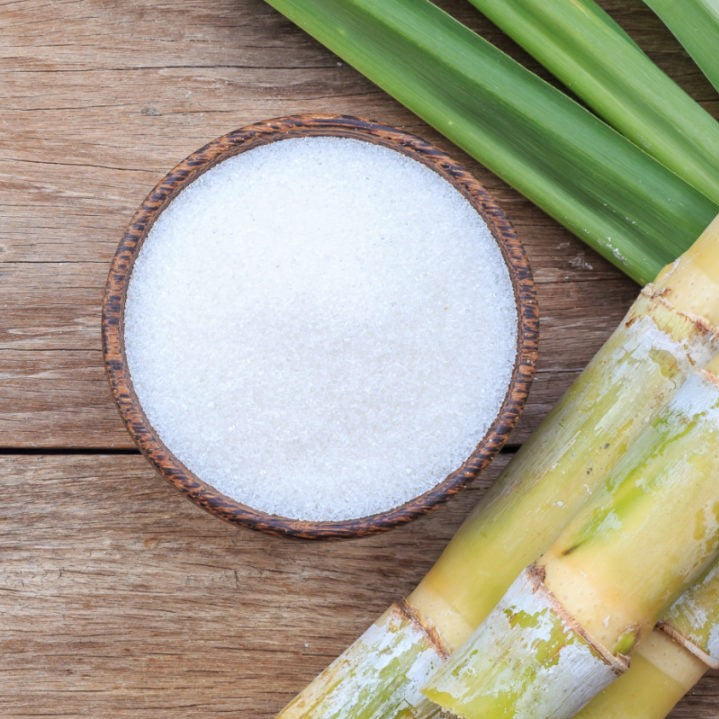The Environmental Impact of Growing Sugar and Cane in Various Regions
The Environmental Impact of Growing Sugar and Cane in Various Regions
Blog Article
Exactly How Walking Cane Sugar Handling Chemicals Improve Sugar Quality and Return
The duty of processing chemicals in cane sugar manufacturing is critical, as they directly affect both the high quality and yield of the last product. The unification of triggered carbon and enzymes serves to maximize the break down of intricate sugars, inevitably leading to a purer and higher-quality sugar.
Summary of Cane Sugar Handling
Cane sugar handling involves a series of crucial actions that transform raw sugarcane right into refined sugar products. The procedure begins with harvesting, where fully grown sugarcane stalks are cut and transferred to refining centers. Upon arrival, the walking stick undergoes washing to get rid of impurities such as dirt and plant products.
Following cleaning, the walking stick is squashed to extract the juice, which consists of sucrose - sugar and cane. This juice undertakes clarification, where lime and warm are made use of to remove staying pollutants and non-sugar parts. The clarified juice is then vaporized to focus the sugar content, causing the development of thick syrup
Next, the syrup is crystallized with a controlled cooling procedure, resulting in sugar crystals. To accomplish polished sugar, further purification steps are applied, including washing, re-crystallization, and drying.
The final product is either packaged as raw sugar or even more processed right into white sugar, satisfying various consumer and industrial demands. This comprehensive series of actions guarantees the production of high-quality sugar, crucial for countless applications in food and drink sectors.
Secret Handling Chemicals Utilized
The production of refined walking stick sugar counts on different handling chemicals that play significant duties at different stages. This action is crucial for enhancing the overall top quality of the removed juice.
Phosphoric acid offers a double purpose; it boosts the information process and assists in the removal of color-forming substances, adding to a greater purity of the last product. Additionally, sulfur dioxide works as a bleaching representative, enabling for the reliable elimination of undesirable pigments and enhancing the shade of the sugar.
Other remarkable chemicals include turned on carbon, which is utilized for more decolorization, and enzymes that help with the break down of complex sugars into less complex types, hence enhancing return. The careful choice and application of these handling chemicals are vital for enhancing the performance of sugar extraction and refining procedures, ultimately resulting in an extra consistent and better sugar product.

Influence On Sugar Top Quality
How do processing chemicals affect the top quality of refined sugar? The introduction of different chemicals in the walking cane sugar handling phase substantially enhances the purity and general top quality of the end product. Key agents, such as phosphoric acid and calcium hydroxide, help with the clarification process, successfully getting rid of contaminations and colorants that can negatively affect sugar's appearance and taste. By reducing the effects of undesirable elements, these chemicals aid attain a greater level of decolorization, causing an extra valuable and aesthetically enticing item.
Moreover, the usage of activated carbon and ion-exchange materials throughout the refining process plays an important function in getting rid of off-flavors and undesirable smells, adding to the sugar's sensory account. This refinement not only raises the organoleptic and visual high qualities but additionally boosts the service life by minimizing microbial task related to pollutants.
On top of that, the accurate application of you can try this out these chemicals makes sure that the sugar displays a regular grain dimension and flowability, which are vital characteristics for both commercial applications and customer preferences. On the whole, the calculated use processing chemicals is essential in attaining high-grade refined sugar that meets market criteria and consumer assumptions.

Enhancing Yield Efficiency
Enhancing return effectiveness in walking cane sugar processing involves enhancing numerous phases of production to optimize the quantity of sugar extracted from raw cane. One important facet is the selection and application of appropriate processing chemicals, which can help with the failure of cell wall surfaces and enhance sugar release during extraction. Chemicals such as enzymes and acids play an important function in this procedure by hydrolyzing polysaccharides and liquifying contaminations, thereby enhancing the general extraction effectiveness.

Routine surveillance and modification of handling parameters are vital to preserve performance throughout production (sugar and cane). By using these techniques, sugar manufacturers can not only enhance the amount of sugar acquired however likewise decrease waste and reduced manufacturing costs, adding to a much more lasting and lucrative sugar handling procedure
Benefits for Manufacturers and Customers
Cane sugar processing chemicals use considerable benefits for both manufacturers and customers, creating a more sustainable and effective market. For manufacturers, these chemicals boost extraction processes, resulting in higher yields and enhanced sugar high quality. By enhancing the purification and condensation stages, they decrease waste and boost general efficiency, which can dramatically reduce manufacturing expenses. This effectiveness enables producers to discover this info here remain competitive in a global market characterized by fluctuating rates and need.
For consumers, the advantages are just as compelling. The improved quality of sugar translates to far better preference and consistency in foodstuff. In addition, using processing chemicals can bring about an extra stable supply of sugar, alleviating lacks and price spikes that can take place because of environmental variables or market variations. The innovations in manufacturing techniques contribute to sustainability campaigns by reducing source use and waste generation, appealing to eco mindful customers.
Conclusion

The function of processing chemicals in walking cane sugar production is pivotal, as they straight affect both the high quality and yield of the last product (sugar and cane). The incorporation of turned on carbon and enzymes serves to optimize the failure of complicated sugars, ultimately leading to a purer and higher-quality sugar.Walking cane sugar processing entails a series of critical actions that transform raw sugarcane into polished sugar products.Enhancing return efficiency in walking cane sugar processing entails optimizing numerous stages of manufacturing to make the most of the quantity of sugar extracted from raw walking cane.Cane sugar handling chemicals play an important role in boosting both sugar quality and return
Report this page